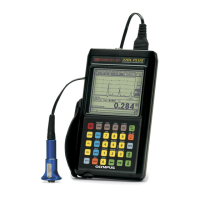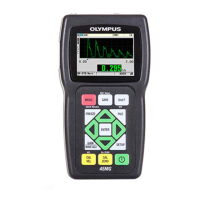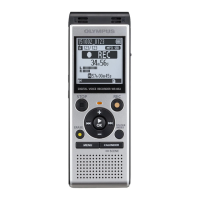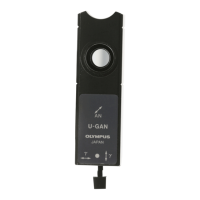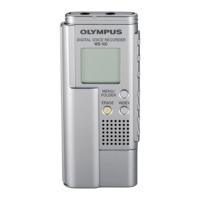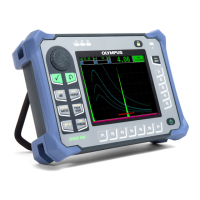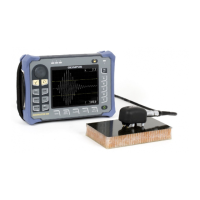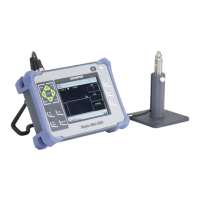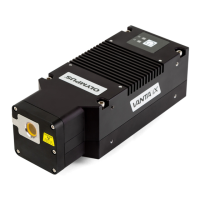DMTA-10009-01EN [U8778346], Rev. D, November 2016
Chapter 5
70
5.2.2 Test Blocks
The 38DL PLUS comes with a cylindrical stainless steel test block with two
thicknesses. You can use the two precisely known test block thicknesses to perform
the material sound velocity and the zero calibrations.
Precision step test blocks are also often used when more than two known thicknesses
are needed (see Figure 5-6 on page 70).
Figure 5‑6 Example of a 5‑step test block
When performing the material sound velocity and zero calibration, you must use a
test block with the following characteristics:
• Made from the same material as the parts to be tested.
• Have two or more precisely known thicknesses
• Have one part as thin as the thinnest section of the parts to be tested to perform
the zero calibration. The surface condition should be similar to that of the tested
parts. Rough surfaces generally reduce the accuracy of measurements, but
simulating actual surface conditions on the calibration block can help to improve
results.
• Have one part as thick as the thickest section of the parts to be tested, to perform
the material sound velocity calibration. The front and back surfaces should be
smooth and parallel.
• Be at the same temperature as the samples to be measured.
5.2.3 Transducer Zero Compensation
Perform a transducer zero compensation by pressing [2nd F], [CAL ZERO]
(Do ZERO) whenever the message “Do—” or the zero indicator appear. You should
also perform this procedure when the dual element transducer temperature has
changed.

